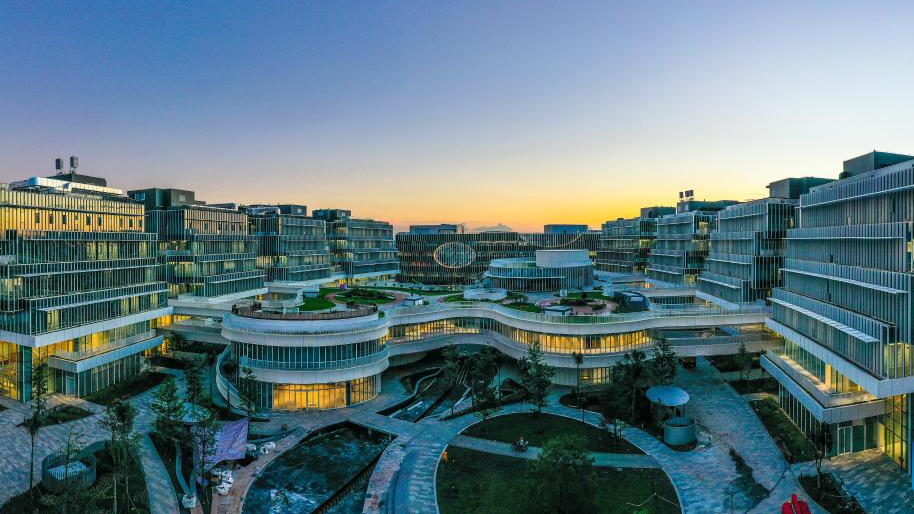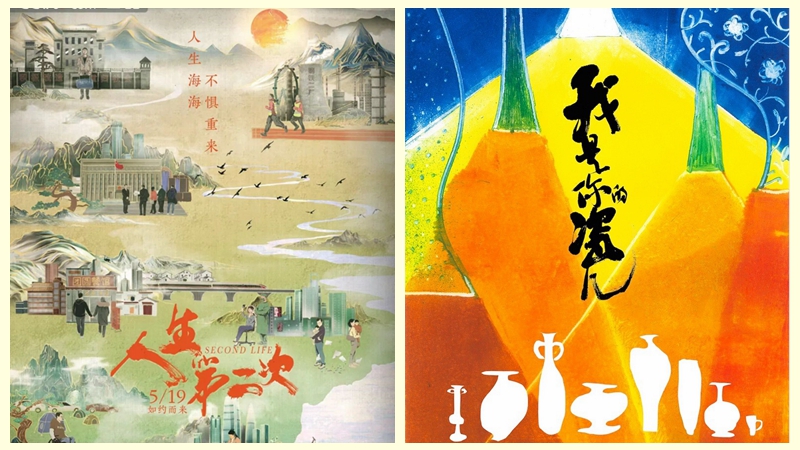China's foreign trade growth sees stable recovery in January-July period
China's foreign trade maintained double-digit growth in the first seven months of this year, despite the unfavorable external situation, intermittent COVID-19 impacts and other negative factors.

The first direct shipping route between Damaiyu port, Yuhuan, east China's Zhejiang province and a Regional Comprehensive Economic Partnership economy is launched, June 6, 2022. Photo shows the ship Xinmingzhou 18, loaded with 80 containers of sewing machines, sprayers, toys, plastics and fitness equipment, leaving Damaiyu port for Vietnam. (People's Daily Online/Duan Junli)
The country's foreign trade volume reached 23.6 trillion yuan ($3.49 trillion) between January and July, increasing 10.4 percent year-on-year, according to statistics released by the General Administration of Customs (GAC).
In particular, exports grew 14.7 percent year-on-year to 13.37 trillion yuan, and imports reached 10.23 trillion yuan, up 5.3 percent. The country's trade surplus expanded 62.1 percent to 3.14 trillion yuan during the same period.
The ASEAN, the EU, the U.S. and South Korea maintained the four largest trading partners of China in the January-July period. Their trade volume with China stood at 3.53 trillion yuan, 3.23 trillion yuan, 2.93 trillion yuan and 1.39 trillion yuan, up13.2 percent, 8.9 percent, 11.8 percent and 8.9 percent, respectively.
China's trade volume with Belt and Road countries expanded 19.8 percent year on year, and that with the 14 Regional Comprehensive Economic Partnership (RCEP) economies was up by 7.5 percent in the first seven months of this year.
In the first half of this year, Shanghai's foreign trade had withstood the test of the Pandemic. With the acceleration of the resumption of work and production, Shanghai's local economy has returned to normal, strongly boosting the city's imports and exports.

Photo shows a vessel for shipping automobiles arriving at Yantai port, east China's Shandong province, July 2022. In the first half of this year, Yantai port has optimized the ro-ro ship network and diversified its logistics models. During this period, it exported 82,000 automobiles, up 45.94 percent year on year, ranking among the top three ports in China regarding automobile exports. (People's Daily Online/Tang Ke)
In June, Shanghai's foreign trade growth turned positive, standing at 9.6 percent, up 46.2 percentage points from that in April.
"Both the numbers of incoming containers and enterprises' pickups have significantly increased. We are currently working at full capacity," said customs officer Wei Jianhua from Shanghai's Wusong district. Wei told People's Daily that the Wusong customs handled 37,000 batches of goods in June, up 46.3 percent from a year ago and 370 percent from a month ago.
Statistics indicate that Shanghai municipality, as well as Jiangsu, Zhejiang and Anhui provinces, all of which are located in the Yangtze River delta, reported combined foreign trade growth of 11.7 percent in the January-July period, up 2.5 percentage points from that in the first half of this year. The figure was 25.7 percent in July alone, contributing over half to the national foreign trade growth.
According to statistics, China's trade with RCEP partners reached 1.17 trillion yuan in July, up 18.8 percent year on year, boosting China's overall foreign trade growth by 5.6 percentage points.
"The policy dividends released by the RCEP have helped us expand the overseas market. We'll learn more about the requirements on imports from China set by Thailand, Singapore, Vietnam and other RCEP members, so as to introduce our products to these countries," said Zhang Hao, who heads a high-tech company in south China's Inner Mongolia autonomous region.
Recently, a batch of sea-buckthorn drinks weighing 115 tons and worth 1.62 million yuan produced by Zhang's company received a certificate of origin under the RCEP. These products will enjoy a tariff cut of over 30,000 yuan when exported to Japan.
The company has exported 2,556 tons of sea-buckthorn drinks and capsules this year, with a total value of 35.16 million yuan.
"The tariff for our formic acid exports to Japan has been reduced to zero from 4.3 percent, while that for hexafluoropropylene from 3.1 percent to 0.3 percent," said Zhang Guoqing, director of the sales division of Luxi Chemical Corp, a chemicals company based in east China's Shandong province.

The first China-Europe freight train from east China's Zhejiang province to the Netherlands departs from Jinhua, Zhejiang, carrying 100 twenty-foot equivalent units, July 2022. (People's Daily Online/Shi Bufa)
According to him, the tariff cut has significantly improved the company's competitiveness in Japan, and the company's exports to Japan surged 30 percent year on year in the first half of this year.
From January to June, certificates of origin were issued to 59,000 batch of exports with a total value of 18.39 billion yuan by Shangdong customs, as well as the province's council for the promotion of international trade.
Experts from the GAC noted that China's foreign trade is still facing instabilities and uncertainties, and to maintain steady growth of the sector remains a challenging task. However, China's foreign trade has showed strong resilience in the first seven months of this year, laying a solid foundation for the whole-year performance.
As the country implements a series of measures to stabilize economy, further smoothens foreign trade logistics and facilitates work resumption, China's foreign trade will be likely to keep maintaining stable growth.
Photos
Related Stories
- Chongqing's foreign trade grows 12.3 pct in Jan.-July
- Chinese vice premier urges efforts to boost foreign trade, consumption
- China's Jiangsu sees overseas investment surge in H1
- China's Jiangsu sees surging foreign investment in H1
- Foreign trade of east China's Jiangxi up 45.2 pct in Jan.-July
- China EximBank loans to foreign trade industry up in H1
- Interview: China's opening-up "big tailwind" for foreign financial institutions
- Beijing-Tianjin-Hebei region sees growth in foreign trade
- Foreign trade bolsters China's economic outlook with steadily growing momentum
- China's foreign trade of goods up 10.4 pct in first 7 months
Copyright © 2022 People's Daily Online. All Rights Reserved.









